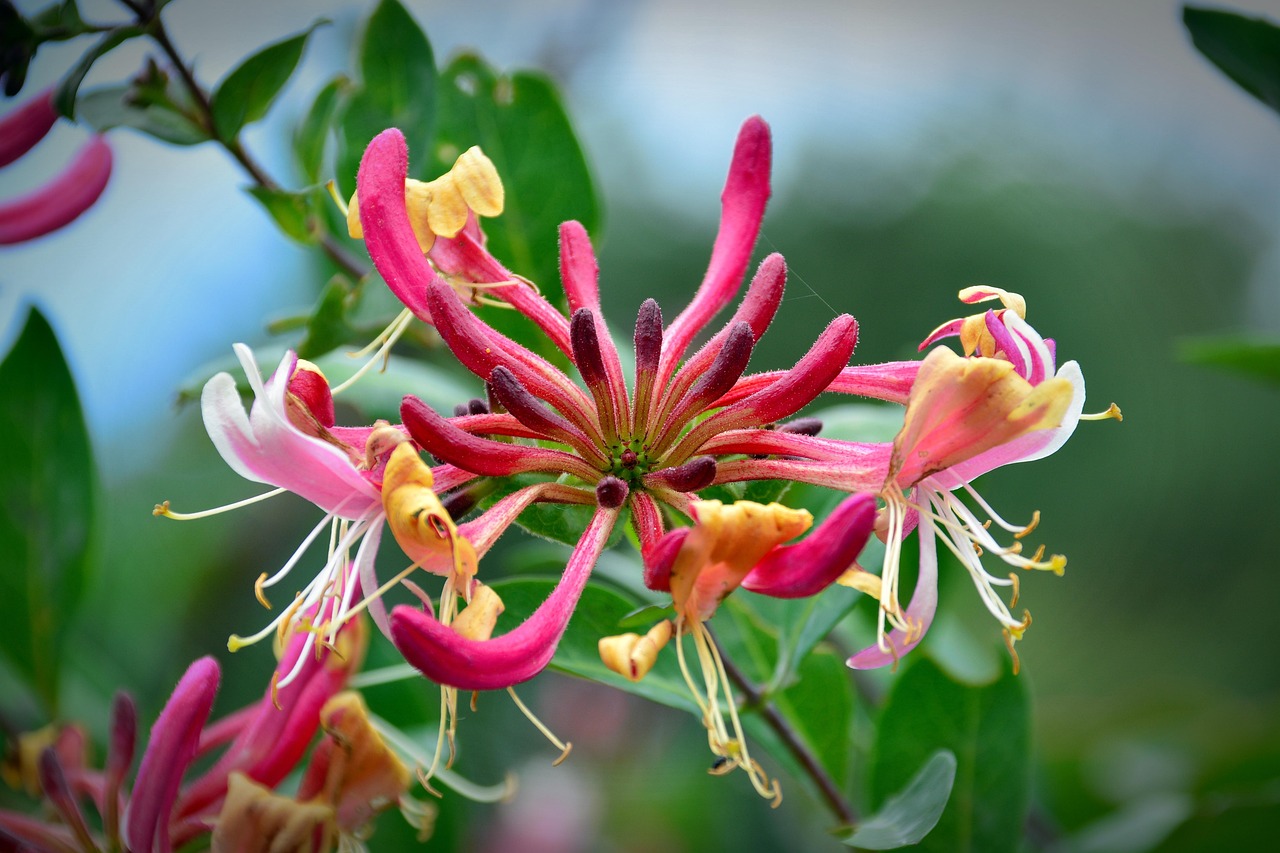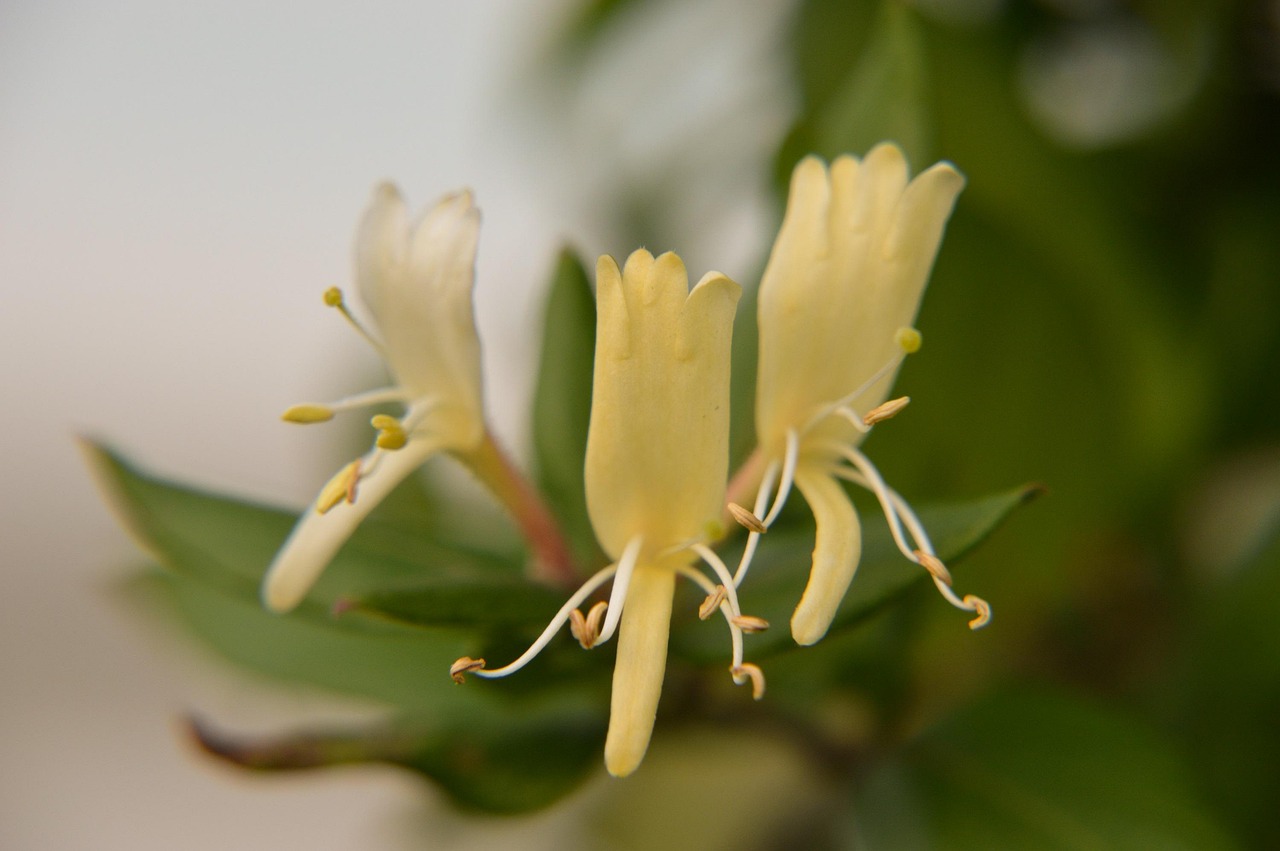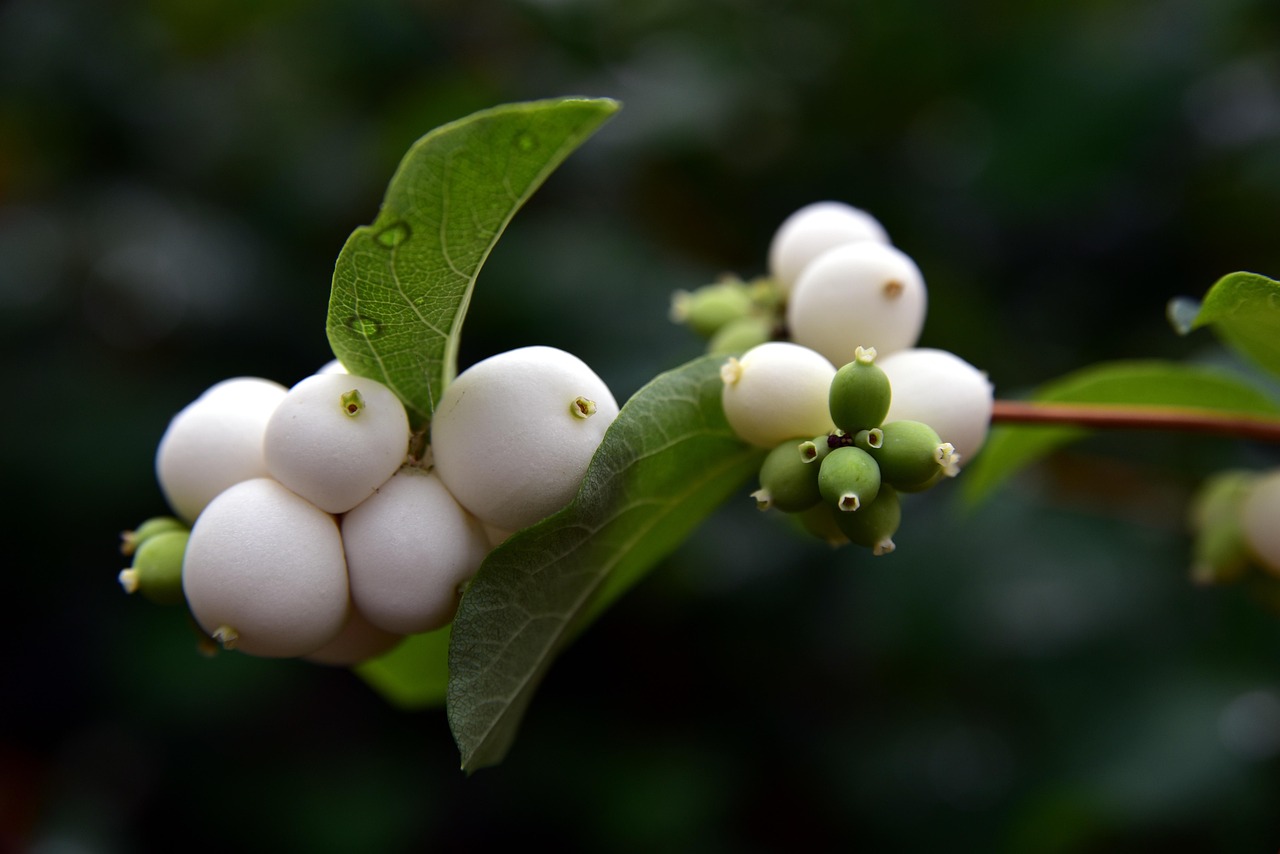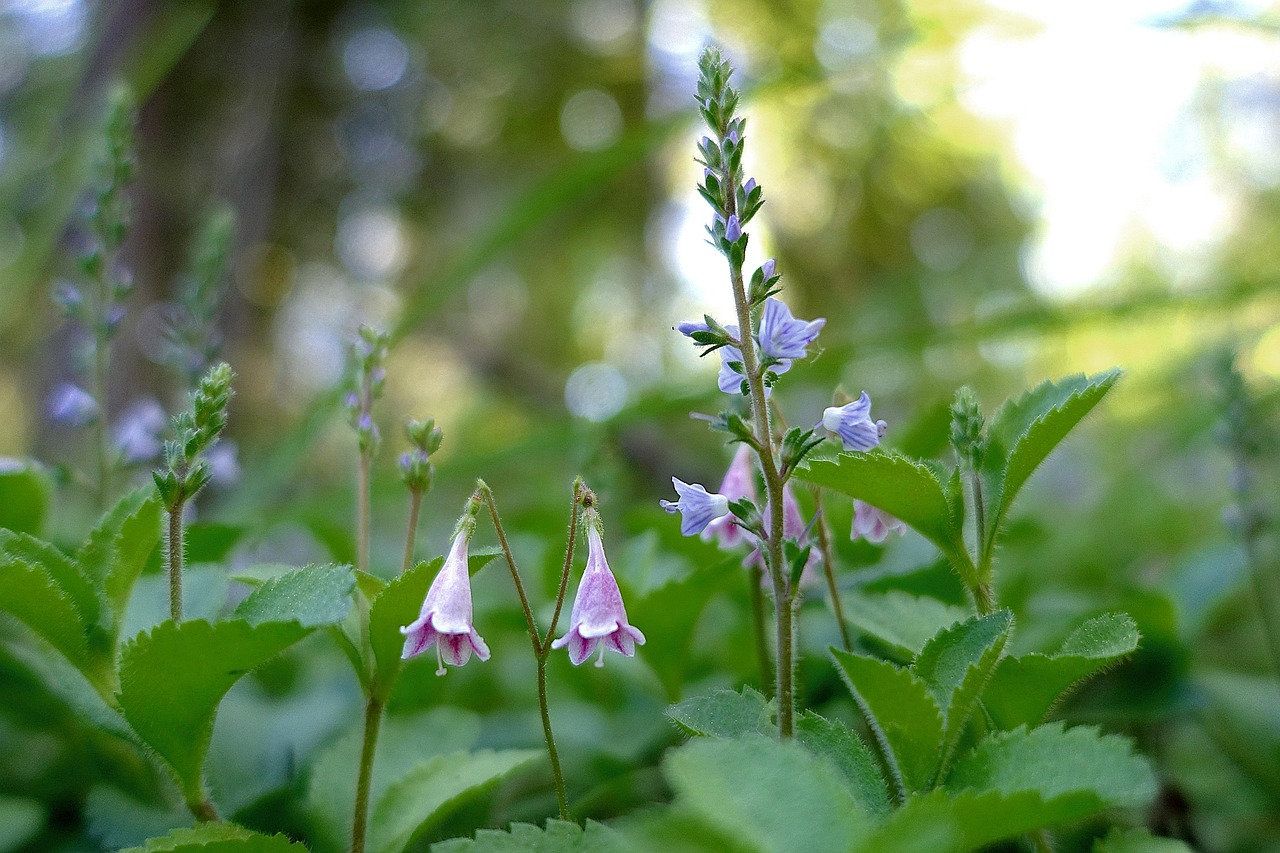Centranthus | The Crimson Floral Smoke of Southern Europe’s Stone Walls
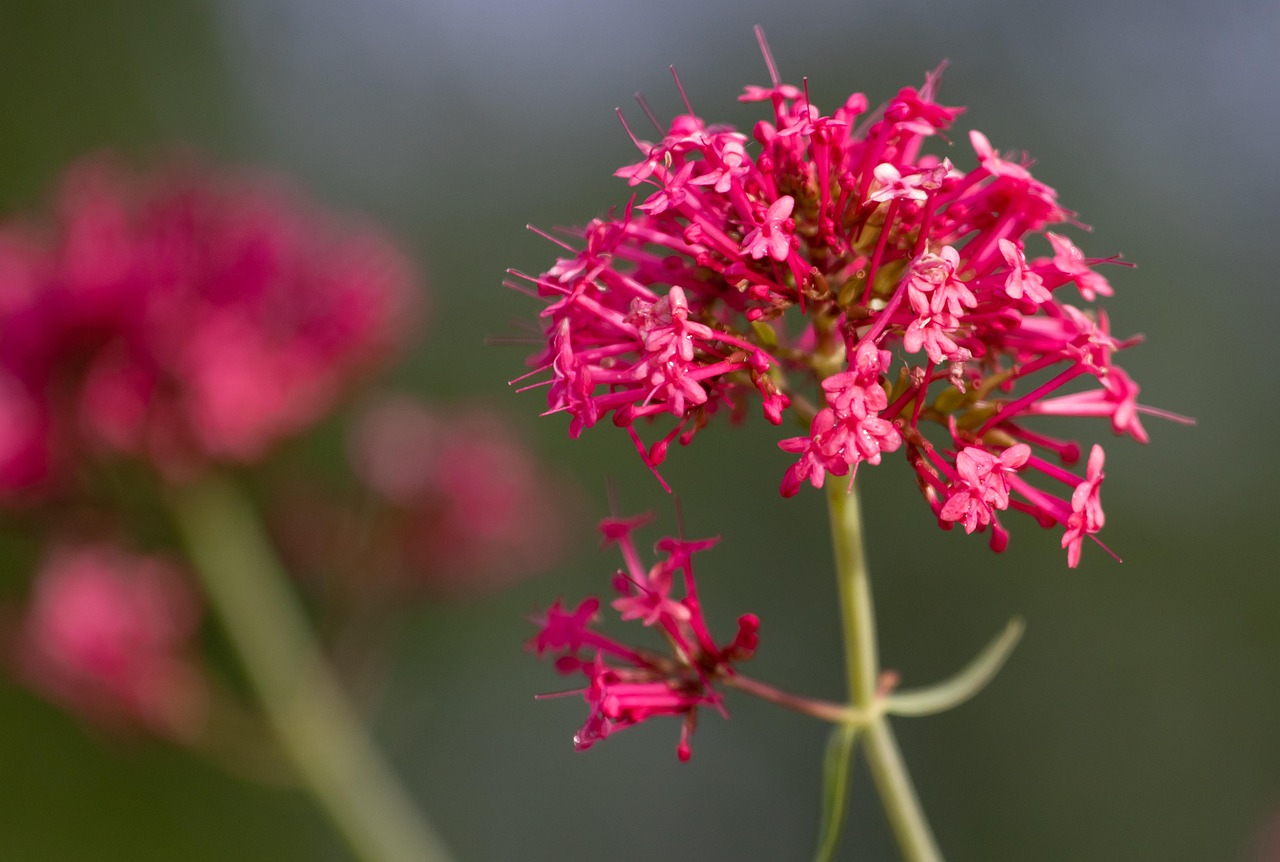
Centranthus is a perennial plant distinguished by its vivid flower colors and delicate floral form.
It has long been cultivated across Europe and is cherished as a hardy plant that thrives even in dry soil.
In this article, I will provide detailed information about Centranthus, including its basic characteristics, cultural background, history, and gardening advice.
Basic Information
- Scientific name: Centranthus spp.
- Family: Caprifoliaceae
- Origin: Mediterranean coasts, Southern Europe
- Appearance: Slender stems topped with clusters of small flowers in shades of pink, red, or white. The leaves are narrow, blue-green, and create a light impression.
- Blooming season: From spring through summer, producing long-lasting flowers that brighten gardens and roadsides.
Cultural Significance Worldwide
Centranthus has long been admired as a flower that blends naturally into European gardens and landscapes.
On the Mediterranean coast, it often grows from rocky walls or barren ground, symbolizing vitality and resilience.
In France and Italy, it grows wild on village stone walls and roadsides, harmonizing with the scenery and appreciated for its natural beauty.
In England, it is widely used in naturalistic gardening and is recognized as a classic cottage garden plant. Its long blooming period and hardiness make it an essential feature of the English garden landscape.
Historical Episodes
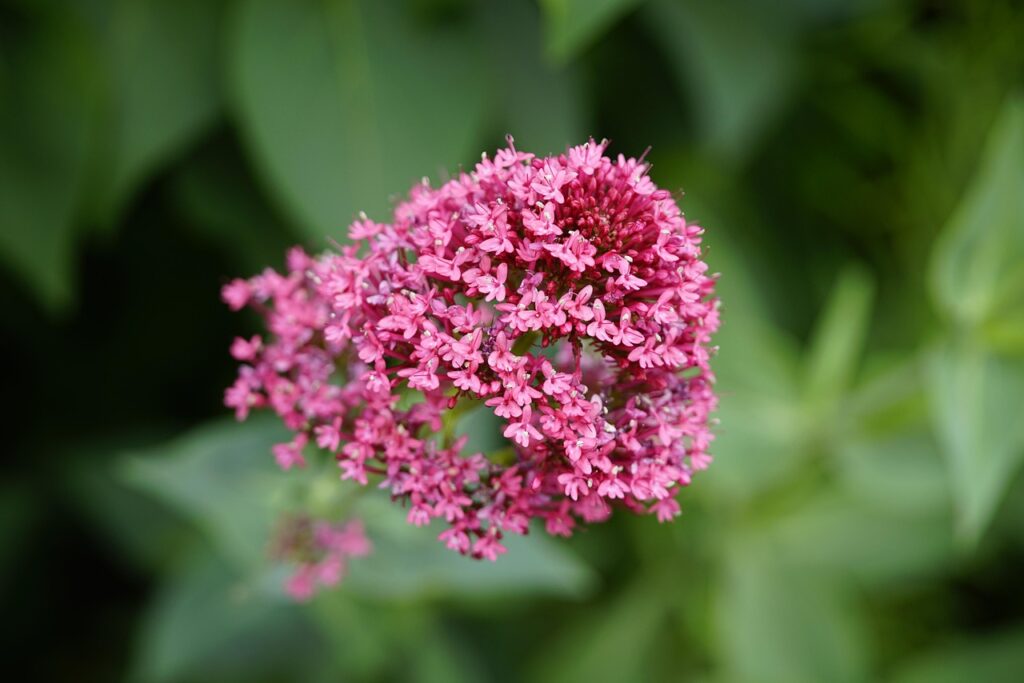
Centranthus has grown naturally along the Mediterranean since Roman times. Its durability and charm made it a popular plant for both private gardens and public spaces.
During the Middle Ages, it was cultivated in monastery gardens for ornamental purposes, where monks grew it to enhance the beauty of their grounds.
In the 19th century, it spread as an ornamental plant in England and France and was introduced to urban gardens. With the expansion of the railway, it was further disseminated, valued for its drought tolerance and even used for landscaping along railway lines.
Today, Centranthus continues to be loved, particularly in Europe, as a plant that enriches naturalistic landscapes.
Gardening Advice
Centranthus is a robust plant, yet to cultivate it beautifully, proper conditions are important.
Sunlight
Prefers full sun but tolerates partial shade (though with fewer flowers).
Watering
Drought-tolerant. Minimal watering is required. In the ground, it may thrive on rainfall alone. In pots, water when the soil has dried.
Soil
Well-drained soil is essential. Sandy or rock-garden soil is ideal.
Fertilizer
It grows well with little fertilizer, but applying a small amount of slow-release fertilizer in spring can promote growth.
Cold tolerance
Fairly hardy. In mild regions, it can overwinter outdoors. In colder areas, frost protection is recommended.
Pruning
Removing spent flowers encourages continuous blooming.
Conclusion
Centranthus is a perennial admired for its vivid colors and graceful form.
Native to the Mediterranean, it has been valued across Europe as a plant that naturally integrates into gardens and landscapes. It was cultivated in monastery gardens during the Middle Ages and became widely grown as an ornamental plant in the 19th century.
With its drought resistance and preference for sunny sites, it is well-suited for naturalistic gardens and rock gardens.


